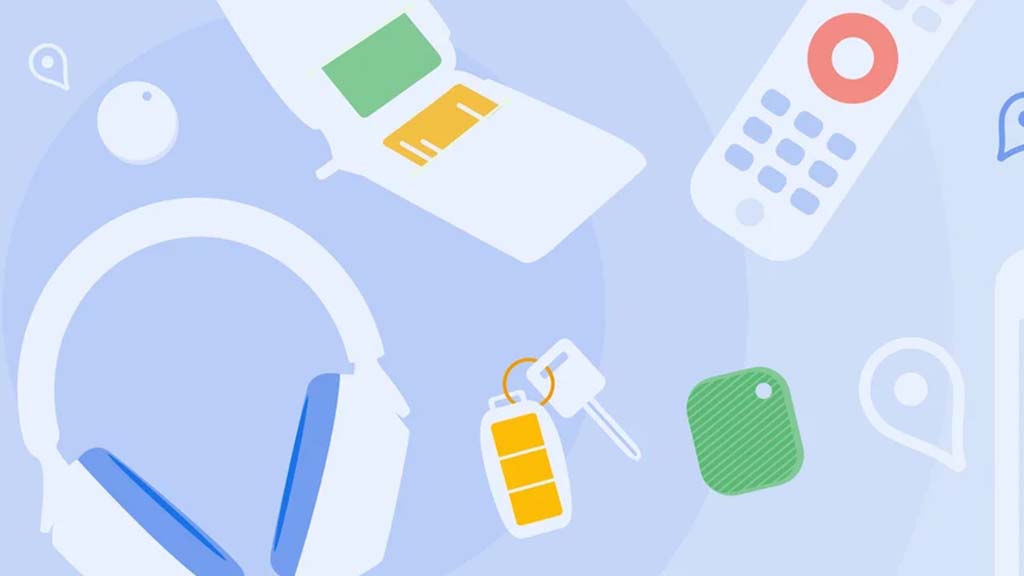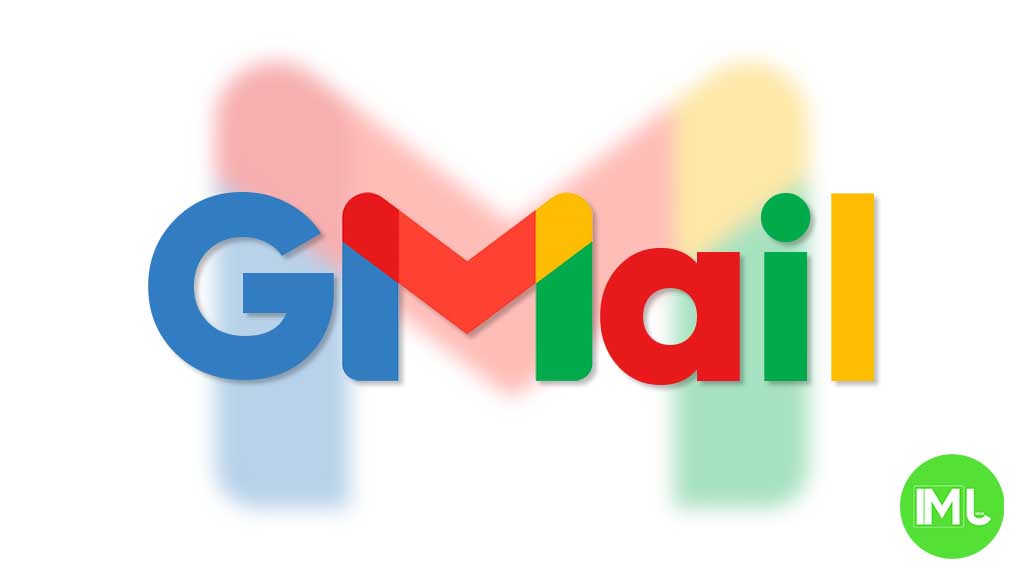Elevating the Google Messages Experience: Group chat icons, threaded replies to media and YouTube Music samples

Google Messages has been on a steady path of improvement, and two recent developments promise to significantly enhance the user experience, particularly for group chats and multimedia content. Let’s delve into these exciting features and explore how they’ll revolutionize the way we interact with friends and family.
Putting a Face to Your Group Chats: Custom Group Icons
For years, group chats in Google Messages have been identified by a generic grid of user profile pictures or initials. This can make it difficult to quickly distinguish between multiple chats, especially for users who participate in numerous group conversations. Thankfully, Google is addressing this pain point by introducing custom group icons.
Recent beta versions of Google Messages reveal code hinting at the imminent arrival of this feature. Users will soon be able to personalize their group chats with unique images, similar to the profile pictures we use for individual contacts. This long-awaited functionality will bring Google Messages on par with other popular messaging apps and make it easier to visually identify and organize group chats.
The ability to set custom group icons is likely to be met with enthusiasm by users. Imagine assigning a funny picture to your college buddies’ chat or a heartwarming family photo to your family group. These visual cues will add a touch of personality and make navigating your chats a breeze. It’ll also be interesting to see if this feature allows for collaborative changes or requires admin privileges. Additionally, it remains to be seen whether the chosen group icon will be reflected for iPhone users within the chat.
Threaded Replies to Photos and Videos: A Richer Conversation Experience
Another exciting addition to Google Messages is the ability to create threaded replies to images and videos shared within chats. This functionality, currently under development, promises to streamline conversations around multimedia content.
Imagine this scenario: you share a hilarious video in a group chat, and everyone chimes in with their reactions. Previously, replies would be scattered throughout the conversation, making it difficult to follow the thread. With threaded replies, users can now directly reply to a specific media item, keeping the conversation organized and focused.
Tapping on a shared image or video will bring up new options at the bottom of the screen. You’ll be able to leave reactions directly from this view, eliminating the need for long presses and additional steps. More importantly, you’ll be able to add comments to pictures and videos, and a dedicated conversation thread will be displayed for each media item, fostering a more structured discussion.
While this feature is still in its early stages, it has the potential to significantly enhance the way we interact with multimedia content in Google Messages. It will make conversations around photos and videos more engaging and easier to follow, especially in large group chats.
YouTube Music Gets a Discovery Boost with Samples
In 2023, YouTube Music introduced the “Samples” feed as a music discovery tool. Now, this feature is becoming even more accessible by appearing directly on artist pages.
Samples, essentially a short-form video segment feed, is designed to help you discover new music that you might love. Inspired by the success of YouTube Shorts, it leverages YouTube Music’s vast library of music videos to curate a personalized feed. This ensures that you’re always encountering new music, whether it’s the latest release from a rising star or a hidden gem from an established artist.
On YouTube Music for iOS, a new “Samples” button has been incorporated into the top bar, providing quick access to an artist’s collection of short-form videos. This is a fantastic way to get a taste of an artist’s style and discography before diving deeper. Samples are intended to offer a glimpse into the artist, the video, and the overall feel of the song, making it a valuable tool for music exploration.
The Samples integration with artist pages is currently limited to the iOS version of YouTube Music. However, it’s likely that this feature will soon be available on Android as well. Additionally, YouTube Music for Android tablets has finally received the Speed Dial feature, allowing for faster access to frequently played music.
In conclusion, Google Messages and YouTube Music are undergoing exciting transformations that cater to the evolving needs of their users. The ability to personalize group chats with custom icons, engage in threaded replies around multimedia content, and discover new music through YouTube Music Samples are significant steps forward. These features promise to make our messaging and music streaming experiences richer, more interactive, and ultimately, more enjoyable.
Android
Android’s Find My Device speeds up with UWB coming soon

Google’s Find My Device network for Android has gotten a big boost, making it much quicker to locate misplaced items. Recent checks show it’s now four times faster than it used to be, keeping up with Apple’s AirTags in crowded spots like malls or events. For instance, at CES 2025, a tracker tucked in a bag updated its location just as fast as an AirTag nearby. This speed-up is thanks to more Android users turning on tracking for all locations, not only busy areas, which helps the system spot items more reliably.
In less crowded places, the network can still have trouble since fewer Android phones are nearby to share location signals. But Google’s working on this by nudging users through app alerts to enable tracking in quieter spots. Plus, recent updates to tracker software and apps have made connections more stable and accurate.
Looking ahead, Google’s gearing up to roll out ultra-wideband (UWB) technology. This will let you find items with pinpoint accuracy, even within a room, using cool augmented reality (AR) visuals, much like Apple’s setup. The Moto Tag, a tracker ready for UWB, is already available, just waiting for Google to activate this feature. Not all Android phones support UWB yet, but future models like the Pixel 10 might include it. These changes prove Google’s determined to make its Find My Device network a top choice for tracking lost stuff.
Gmail and Google Photos get new design and useful updates

Google is giving Gmail and Google Photos some fresh updates to make things easier and more user-friendly.
First, Gmail on the web is now getting a new layout option. You can choose between “Cozy,” “Comfortable,” or “Compact” views based on how much space you want between your emails. Google is also adding a setting to control whether your inbox and labels stay on screen or only show up when needed. These changes make it easier to personalize how Gmail looks and feels.
Meanwhile, Gmail for iPhone is getting a visual upgrade. The app now uses Google’s updated design style called “Material 3.” You’ll notice a cleaner look with a rounded search bar at the top, smoother icons, and better spacing. Although the bottom bar and buttons look mostly the same, the overall design feels more modern and easier on the eyes.
Lastly, Google Photos is bringing back a helpful feature. The classic search shortcut that appears in the bottom bar is returning, making it quicker to find your photos. Before this, the shortcut had been removed when Google added the new “Memories” tab. Now, both features work together, letting you browse memories and search with ease.
These updates aim to make Google’s apps feel more useful, clean, and easier to use on both desktop and mobile.
Android
Android 16 boosts USB data safety and fixes delayed notifications on Pixel phones

Google’s upcoming Android 16 update is bringing better security and some helpful improvements, especially for Pixel phone users. One of the main features in Android 16 is a new way to protect your phone’s data when it’s connected to a computer through USB. Right now, when you plug your phone into a PC or laptop, it can access all your data as long as you approve it.
With Android 16, Google is adding an extra security layer that only allows limited access unless you enter your PIN, password, or use your fingerprint. This will help protect your files if someone tries to access your phone without permission.
At the same time, Google is also working on a fix for a frustrating issue that some Pixel users have been facing for months — delayed notifications. After the April 2024 update, many users noticed that app alerts were not showing up on time, especially from messaging apps. Google has confirmed the problem and says a fix will be included in a future update, though it’s not in the current April patch yet.
Together, these changes show that Google is focusing on both stronger privacy and a smoother experience for Android and Pixel users. Android 16 is expected to roll out later this year, starting with developer previews.
-

 Apps1 year ago
Apps1 year agoGboard Proofread feature will support selected text
-

 News1 year ago
News1 year agoSamsung USA crafting One UI 6.1.1
-

 News1 year ago
News1 year agoBreaking: Samsung Galaxy S22 may get Galaxy AI features
-

 News1 year ago
News1 year agoSamsung Galaxy S23 Ultra with One UI 6.1 and all S24 AI features revealed
-

 News1 year ago
News1 year agoOne UI 6.1 Auracast (Bluetooth LE Audio) feature coming to many Samsung phones
-

 News1 year ago
News1 year agoSatellite SOS feature coming to Google Pixel phones, evidence leaked
-

 Apps11 months ago
Apps11 months agoGoogle’s fancy new Weather app is finally available for more Android phones
-

 News1 year ago
News1 year agoGoogle Pixel evolves as Europe’s third best selling flagship










